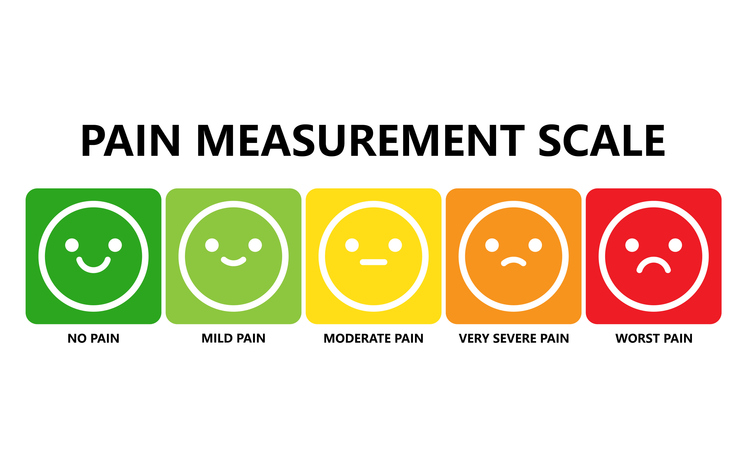Pain
Pain Response to Activity and Position Questionnaire (PRAP)

What is the Pain Response to Activity and Position questionnaire?
The Pain Response to Activity and Position questionnaire (PRAP) is used to better diagnose the cause of low back pain. It involves a series of questions used to gather information about pain during different activities and while maintaining certain positions or changing positions.
The PRAP includes questions involving if pain gets better, worse, or stays the same during specific activities, such as driving a car, lifting heavy objects, maintaining a seated position, changing from sitting to standing, etc. An individual can also respond that an activity or position is not applicable.
Why is the PRAP used?
Physicians often use the responses from a PRAP to further examine specific areas of concern during a physical examination. The PRAP can also aid in the diagnostic process, helping differentiate whether pain is caused by a herniated disc, spinal stenosis, a herniated disc with spinal stenosis, or pain that is not related to a disc or spinal stenosis. Responses to the questionnaire may also help with treatment decisions. In some cases, the PRAP may be given before a treatment and again after the completed treatment to determine the success of the treatment or specific gains of treatment.


















